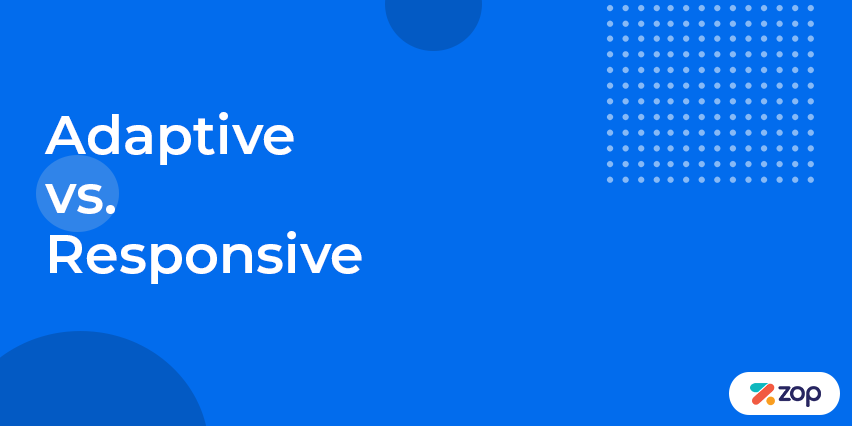Adaptive vs. Responsive Car Dealer Websites
One of the major decisions that designers need to take for making a website is choosing between an adaptive and responsive website design. Therefore, to make a well-informed decision you need to have a clear understanding of what exactly the differences are. With the increasing diversity of devices consumers use for browsing, the advent of various website platforms to meet expectations of users becomes a natural occurrence. The key is to determine what platform suites your needs.
For simplicity purposes let’s call responsive website design RWD and adaptive website design AWD. Similar to Rear Wheel Drive and All Wheel Drive 😊
RWD combines three major components – single yet flexible layout, CSS media queries and flexible media. A flexible layout has the capability for websites to adjust with different browsers and devices. AWD on the contrary typically are design to fit different screen widths (i.e. 320, 480, 1200 and so on). AWD is reliant on predefined screen sizes which may prove troublesome in today’s day in age. With more and more consumers using smartphones and tablets to visit websites it’s difficult for AWD to keep up to the ever-changing mobile device market. Another downside of AWD is the sudden screen size jump which is apparent after a window is resized. Adaptive may be suitable for some businesses but for automotive dealer websites Responsive is the definite way to go. RWD is highly recommended for automotive websites because most consumers view car dealer inventory on their mobile devices. Your website is your online storefront. It should be very user-friendly otherwise you run the risk of losing consumers you worked hard to get on your website. Although RWD is more difficult to create due to increased coding and integrating CSS media queries, it pays off in the end with a more fluid and flexible car dealer website.
Verdict: Go Responsive!

